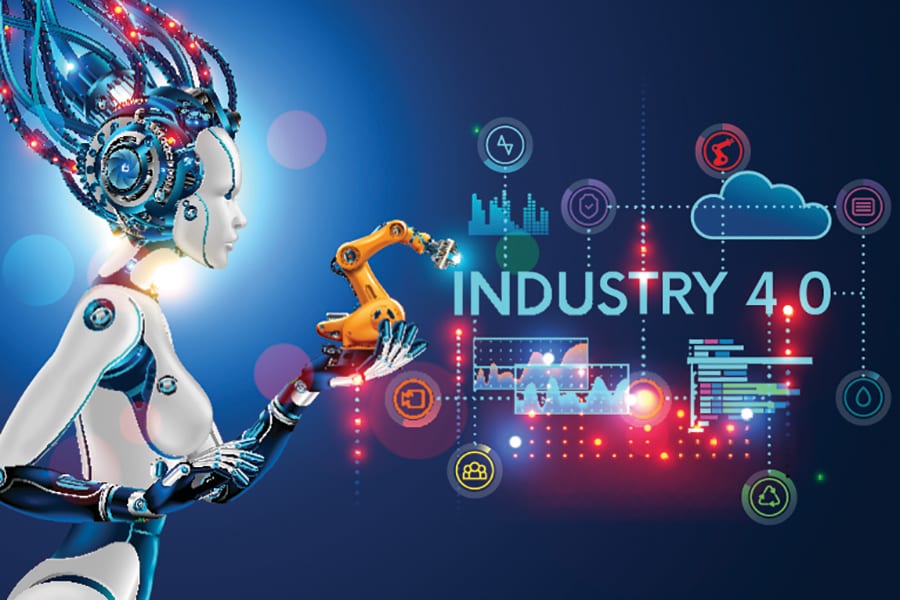
May the 4th be with you – Preparing your sales team for the new industrial revolution
In an age where manufacturers are challenged to increase production with fewer resources and get their finished products to market sooner, mature manufacturing systems envisioned by I4 promise to rev up production lines, help turn out goods faster, and crunch delivery times and cost
 Image: Shutterstock
Image: Shutterstock
The term Industry 4.0 first gained prominence during the 2011 Hanover Fair. Eventually, after much deliberation, the German Federal Ministry of Research and Education (BMBF) and the Ministry for Economic Affairs and Energy (BMWI) adopted it as a strategically important national initiative.
Industry 4.0 (I4) aims to enhance digitalization of industrial processes in small, medium, and large enterprises. The key objective is to integrate embedded computers, sensors, wireless networks, and real-world manufacturing systems and instrumentation (cyber-physical systems) to enable data- and information sharing within and outside of these systems. The resulting “smart factory” is capable of helping manufacturers significantly increase their output, ensure consistency, and get the most value from their machine and equipment. The physical systems, software solutions, and other smart factory parts generate a tidal wave of big data.
Manufacturers could take advantage of cheaper distributed data storage, powerful computing capacities, and advanced data analytics tools to perform meaningful analyses of large data sets. A deep and accurate understanding of big data can be successfully transferred to various facets of manufacturing, such as predictive maintenance, supply chain management, production defects reduction, quality control, occupational hazard identification, worker safety, and energy optimization.
In an age where manufacturers are challenged to increase production with fewer resources and get their finished products to market sooner, mature manufacturing systems envisioned by I4 promise to rev up production lines, help turn out goods faster, and crunch delivery times and cost. Not only is the production faster, computerized numerical control (CNC) machines as well as interchangeable tooling and mold options make it possible to flexibly assemble multiple products and models on the same production line. Flexible manufacturing processes will also enable mass customization. The result pairs the advantages of mass production viz; low unit costs, with the one-to-one experience of personalization. Mass customization, considered a defining feature I4, will result in high-quality, built-to-order products, while ensuring reasonably high volumes and low cost.
Legacy manufacturers looking to move up the road towards I4 must embrace a range of software solutions in a timely manner in order to perform that transition successfully and stay competitive. There are various software building blocks which underpin the operations of digital enterprises.
[This article has been reproduced with permission from ESMT. Views expressed are personal.]




